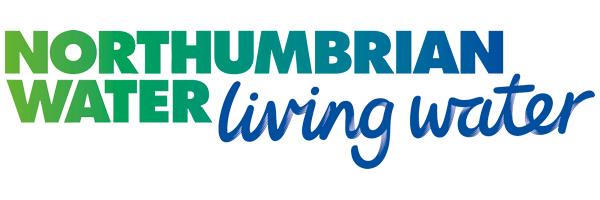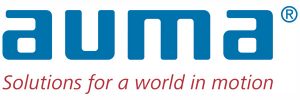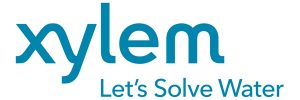Mosswood WTW (2021)
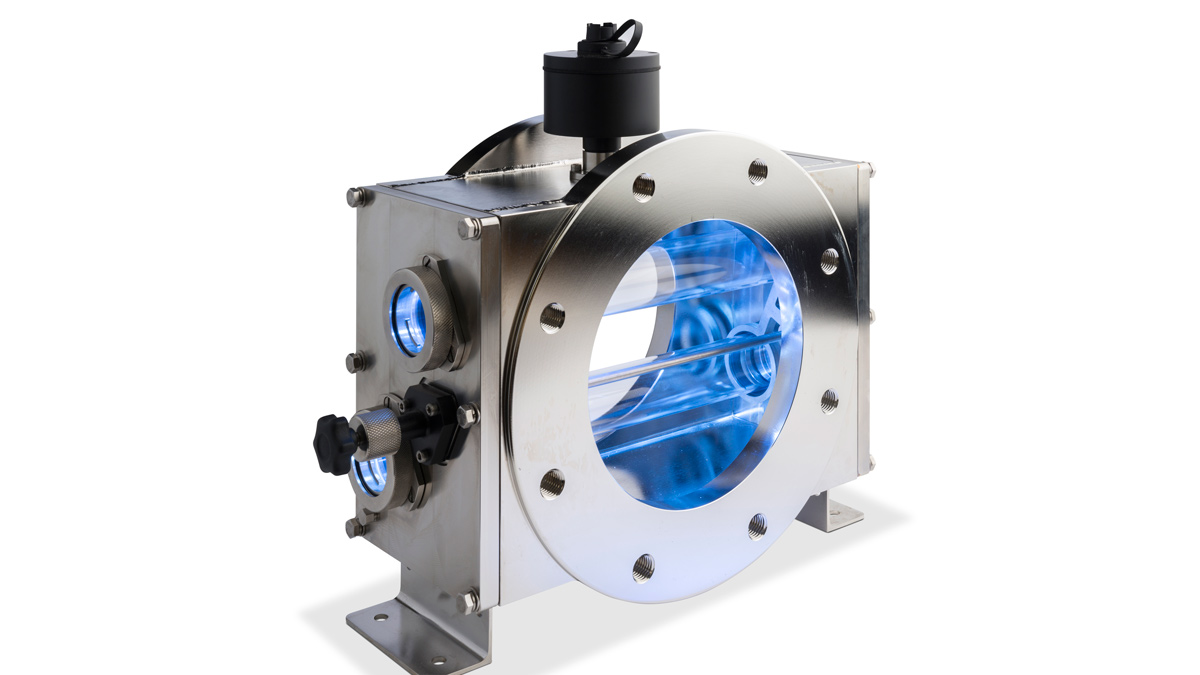
Wafer® UV generator - Courtesy of Evoqua Water Technologies
Northumbrian Water (NWL) provides water supply and sewerage services to a population of 2.7 million in the north east and 1.8 million in the south east of England, delivering 1,100 MLD of drinking water. Potable water treatment works vary from small groundwater sources to large surface water treatment facilities such as Mosswood Water Treatment Works in County Durham. Originally built in 1954, Mosswood treats water from the Derwent Reservoir to supply up to 135 MLD of drinking water to a population of more than 800,000 across County Durham, South Tyneside, Washington, and parts of Sunderland and North Tyneside. The existing treatment process at the works consists of clarification by coagulation, flocculation and sedimentation followed by filtration through twelve rapid gravity filters. Final disinfection is by chlorination.
Background
Northumbrian Water needed to improve current reliability and future resilience at the works by installing a multi-barrier process against chlorine-resistant organisms like cryptosporidium. NWL is no stranger to UV technology – it is widely used for groundwater treatment and for wastewater disinfection in their supply areas – so this was the obvious choice for cryptosporidium control. However, retrofitting UV into an existing works, particularly one of the size of Mosswood, with large diameter pipework, is always a technical challenge. The valves and pipework around Mosswood’s twelve rapid gravity filters made the filter gallery quite congested, and NWL’s project team was planning a new disinfection building to house the UV equipment along with a pumping station to divert water from the filtered water channel through the UV system and thence to the existing contact tank.
Mosswood WTW UV Generator: Supply chain – key participants
- Programme management: Turner & Townsend
- Consultant: Wood plc
- Main contractor: Interserve / Mott MacDonald Bentley (MMB)
- Process control: PeakTechnologies
- UV generator: Evoqua Water Technologies (Xylem Water Solutions)
- System integrators: Intelect
- Electrical installation: Fluid Sealing Engineering (FSE)
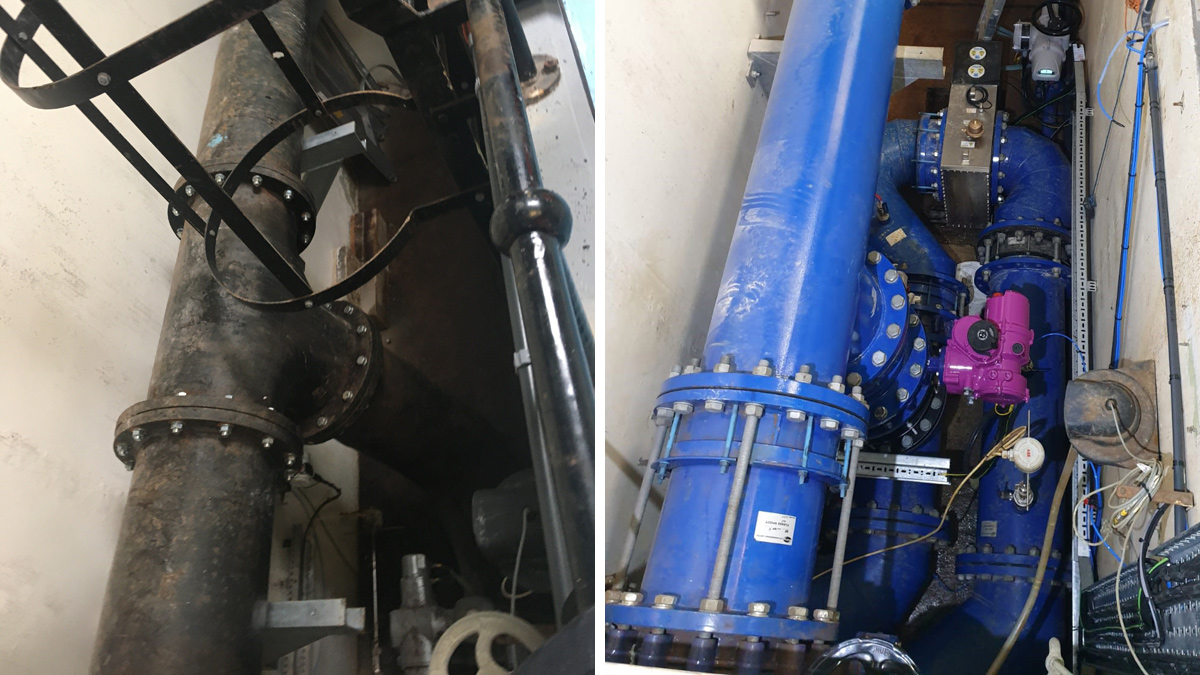
Filter outlet pipework before and after Wafer® UV generator installation – Courtesy of Northumbrian Water
Individual post filter concept
Evoqua’s proposed solution was to install a Wafer® UV generator into the outlet of each of the twelve rapid gravity filters within the filter gallery, each with its own independent monitoring of UV transmittance and UV dose intensity. This arrangement gives much more resilience than the more usual duty/assist/standby configuration, since a UV generator failure would reduce the works output by less than 10% – the same as loss of a single filter. Installing the UV systems in the existing filter gallery meant that there would be no need to break ground and build a new disinfection building. The proposal would almost halve the initial project cost estimate. Initially, the Northumbrian Water team was sceptical of this innovative solution but, in November 2019, they decided to spend £150K on a trial involving the fitting of a single Wafer® UV generator system into one of the filter outlets.
Installing the trial unit in the shortest time would be a challenge for Northumbrian Water and its partners. Forming a collaborative team that was focused on overcoming the design and construction challenges of the project by bringing their own particular strengths and expertise. The Wafer® UV generator installation went smoothly and, in spite of the COVID-19 lockdown, was completed on time in early June 2020.
The trial was so successful that NWL has decided to spend £4m to install similar systems on the other eleven filters by the end of 2022. From the lessons learned during the project, the team was able to develop a construction methodology which will make the installation and commissioning of the next systems much easier. It was also a good opportunity to develop maintenance protocols and identify any operational idiosyncrasies of the system for inclusion in the operating manual.
Innovative Wafer® design
The ultra-compact Wafer® UV generator was developed to provide high performance capabilities in the smallest footprint and lowest headloss possible; key factors in the selection of this system. The filter gallery pipework at Mosswood, like most water treatment works, was not designed for extensive modification, but the short flange to flange dimension of the Wafer® UV generator meant that it could be installed in the filter outlet pipe with only minor changes and, thanks to its low headloss, no additional pumping stage would be required, keeping energy consumption and carbon footprint to a minimum. Access for maintenance was also a major consideration. The Twistlok™ UV lamp connection features a plug-and-play mechanical interlock and improved quartz seal compression for high reliability and safer and faster maintenance in the restricted space. The Wafer® UV generator’s control system continuously monitors UV transmittance and UV intensity, and automatically adjusts the power to the lamps to optimise the UV dose and minimise energy consumption.
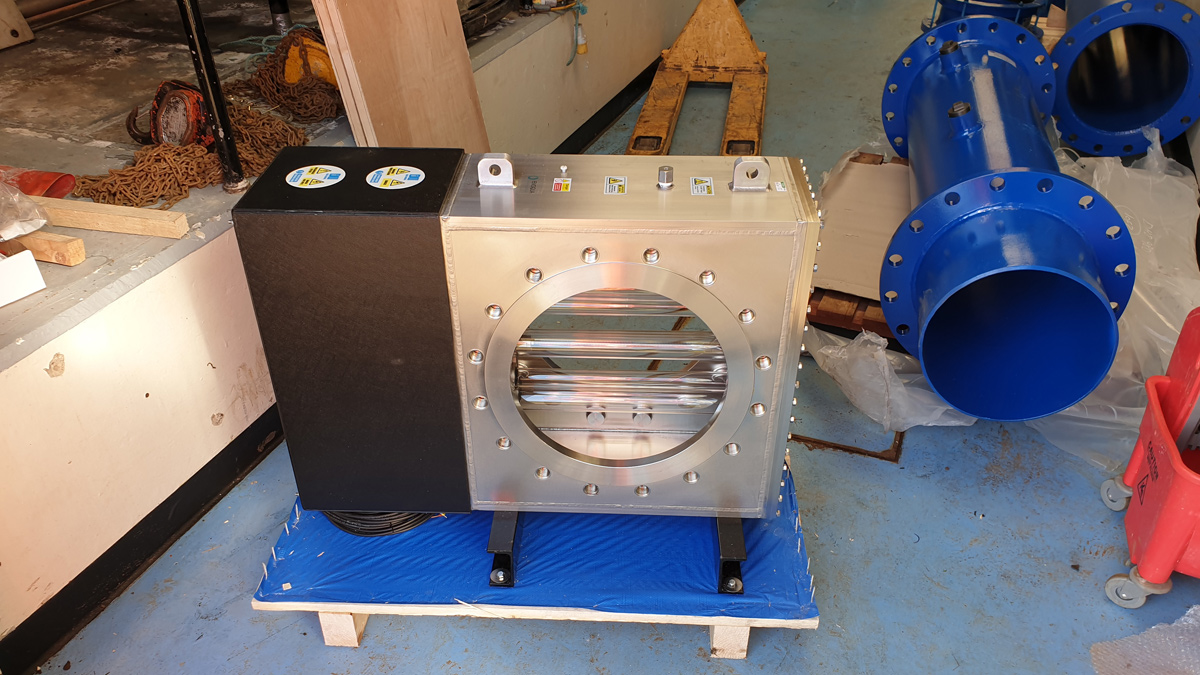
Wafer® UV generator awaiting installation – Courtesy of Evoqua Water Technologies
Wafer® UV generator validation process
Without a chemical residual to measure, UV disinfection depends on ensuring that the appropriate dose of UV radiation required to handle the microbiological load reaches all the water in the reactor. This depends partly on the applied radiation intensity and the UV transmissivity of the water – this is a measure of how much of the applied radiation is absorbed by the water. The lower the transmissivity the higher the applied intensity has to be to achieve the required dose. But the critical factor is how the UV dose is delivered and that depends on the design of the UV reaction chamber. The design of the Wafer® UV generator’s reaction chamber was optimised using computational fluid dynamics (CFD) to ensure that there are no dead areas across the operating envelope, and it was validated by independent 3rd party bioassay to the protocols of the US EPA whose 2006 Ultraviolet Disinfection Guidance Manual has generally been adopted internationally.
This requires measurement of the log inactivation of specific challenge microorganisms passing through a UV reaction chamber, in combination with known UV253.7nm dose-response relationships, to determine a corresponding Reduction Equivalent Dose (RED) and, thereafter, a validated dose for target pathogens. Minimum required REDs derived during reactor validation are expressed in terms of a UV253.7nm equivalent dose. Once the RED for the specific reactor type has been validated then the control system has to maintain it over the full range of works flows and UV transmissivities by monitoring UV intensity in the reaction chamber and automatically adjusting the dose. Not all UV reactors are capable of achieving this.
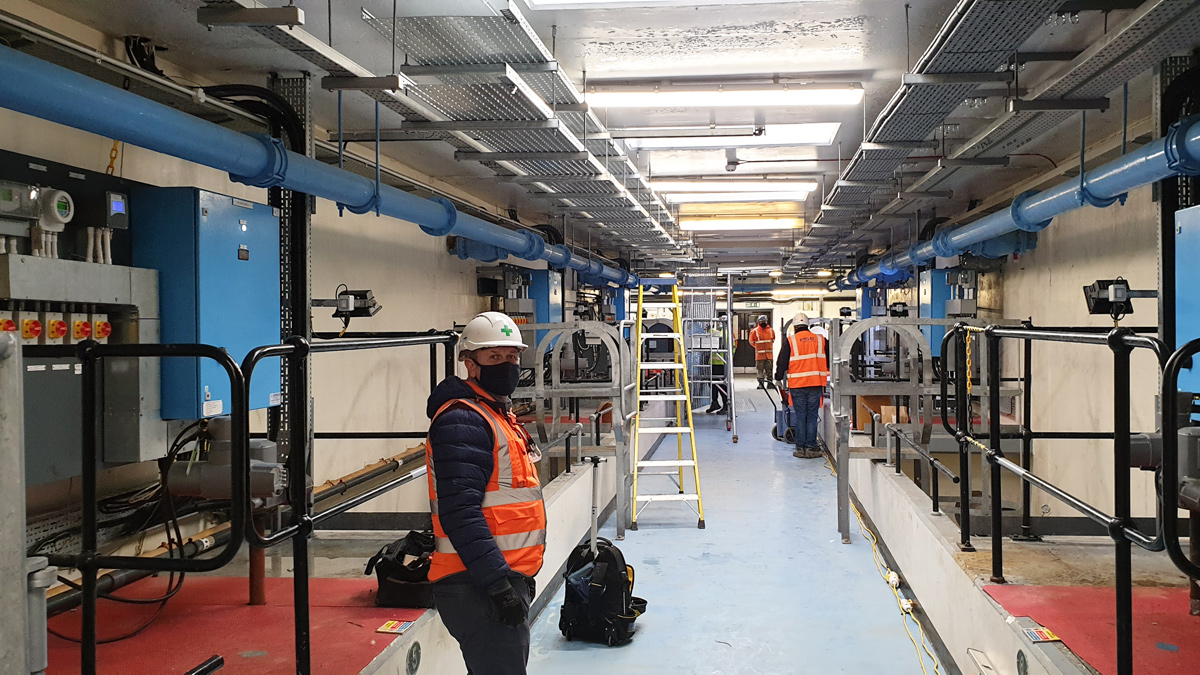
Mosswood WTW filter gallery – Courtesy of Northumbrian Water
Project methodology
This project has highlighted the benefits of early engagement and working in collaboration with all key stakeholders – Northumbrian Water and its partners. “Working together, we overcame all the technical challenges we faced in order to design the best solution,” says James Leigh, regional sales manager at Evoqua.
Conclusion
This is the first time that Northumbrian Water has used ultraviolet technology to treat filtered water in a surface water treatment works of this size, and they are the first water utility to use the Wafer® UV generator in this application. The initial scepticism has been replaced by confidence. “It’s massively exceeded our expectations,” says NWL’s Chartered Senior Project Manager, David McDonagh,“and will help us to improve the quality of water received by our customers, as well as making sure the treatment works is reliable and resilient, long into the future.”
Using the same teams, NWL plans to install the same technology at its Lumley Water Treatment Works in Durham by March 2022, and Mosswood is due for completion by the following December.


